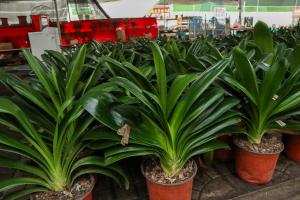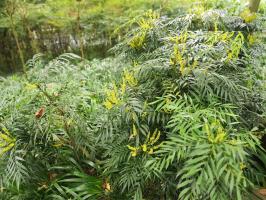Introduction
Plant cellulose is a natural polymer found in the cell walls of plants. It plays a vital role in the structure, support, and function of plants. In this article, we will explore what plant cellulose is, its structure, function, and importance in our lives.
Structure of plant cellulose
Plant cellulose is a complex sugar polymer consisting of glucose monomers arranged in a linear chain. These glucose molecules are bonded together through 尾-1,4 glycosidic linkages, forming long chains of cellulose. The cellulose chains are packed together tightly in a parallel and linear fashion, forming a crystalline structure. The cellulose molecules are connected by hydrogen bonds, van der Waals forces, and hydrophobic interactions. This packing pattern results in a highly strong, stable, and resistant structure.
Function of plant cellulose
Plant cellulose is the primary component of the cell wall in plants. The cell wall provides support and maintains the shape of plant cells. It also protects the plant from environmental stresses, such as drought, pathogens, and herbivores. In addition, plant cellulose is important in regulating water uptake and transport in plants. The cellulose microfibrils provide channels for water movement, allowing the plant to absorb and transport water efficiently.
Importance of plant cellulose
Plant cellulose has many important uses in our lives. The most well-known use is as a raw material for paper and pulp production. It is also used to produce textiles, such as cotton and linen. Plant cellulose is increasingly being used as a renewable energy source in the form of biofuels. It is also used in the food industry as a source of dietary fiber, providing health benefits such as reducing the risk of heart disease and aiding in digestion. In addition, plant cellulose has potential uses in the medical industry, such as in drug delivery and tissue engineering.
Conclusion
Plant cellulose is a vital component of plants, providing structural support and protection against environmental stresses. It has many important uses in our lives, ranging from paper and textile production to renewable energy and medicinal applications. By understanding the structure, function, and importance of plant cellulose, we can appreciate its significance in our world and strive to develop new and innovative applications for this natural polymer.

 how many times do yo...
how many times do yo... how many planted tre...
how many planted tre... how many pine trees ...
how many pine trees ... how many pecan trees...
how many pecan trees... how many plants comp...
how many plants comp... how many plants can ...
how many plants can ... how many plants and ...
how many plants and ... how many pepper plan...
how many pepper plan...






























